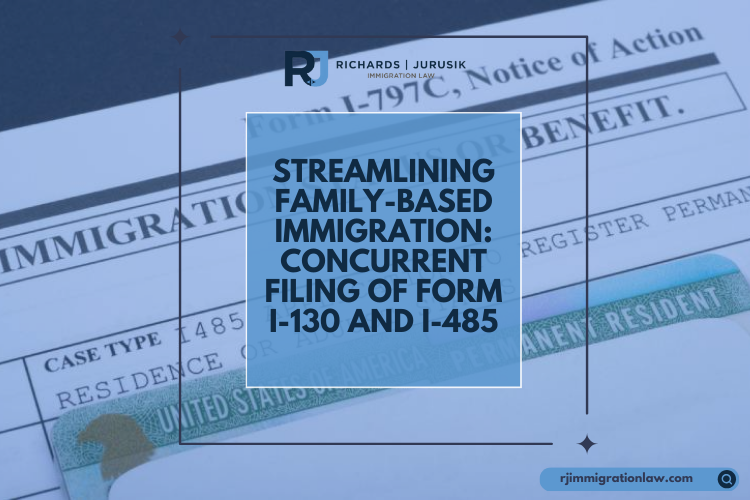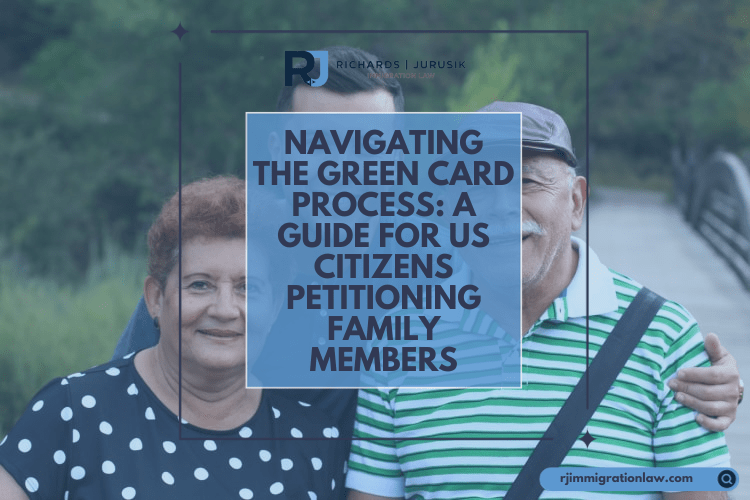USCIS Form I-130: Petition for Foreign Relative
The Form I-130, officially known as the Petition for Alien Relative, marks the initial phase for U.S. citizens or permanent residents wishing to sponsor foreign-born family members for immigration. This form is pivotal in demonstrating the bona fide familial relationship between the U.S. sponsor and the prospective immigrant.
USCIS Form I-485: Adjustment of Status
Following the approval of Form I-130, the next critical step involves Form I-485, or the Application to Register Permanent Residence or Adjust Status. This form is essential for the foreign relative seeking to obtain lawful permanent resident status within the United States and transition from temporary to permanent status.
Understanding Concurrent Filing: Efficiency in Process
Concurrent filing allows for the simultaneous submission of both Form I-130 and Form I-485 to the U.S. Citizenship and Immigration Services (USCIS). This process combines what were traditionally two sequential steps into a single, streamlined procedure, potentially shortening the overall duration and simplifying the path toward residency.
Who Can File Concurrently? Eligibility Criteria
Concurrent filing is not universally available. It primarily benefits immediate relatives of U.S. citizens residing within the country—this includes spouses, unmarried children under the age of 21, and parents of U.S. citizens who are 21 years or older. Certain employment-based applicants and special immigrants with immediately available visas may also qualify for this option.
The Benefits of Concurrent Filing
Opting for concurrent filing presents multiple advantages:
- Streamlined Processing: Combines the petition and application stages, accelerating the immigration timeline.
- Work and Travel Authorization: Applicants can apply for employment and travel permits during processing.
- Uninterrupted U.S. Residence: This option allows applicants to stay in the U.S. while awaiting the outcome of their application, regardless of their nonimmigrant visa status.
Step-by-Step Guide to Concurrent Filing
- Complete the Necessary Forms: Accurately fill out Forms I-130 and I-485, alongside Forms I-131 and I-765, for travel and work authorization, and Form I-864 Affidavit of Support.
- Gather Supporting Documents: Compile evidence of the U.S. petitioner’s status, proof of the familial relationship, and documentation verifying the immigrant’s lawful entry and presence in the U.S.
- Submit Your Application: Send the completed forms, accompanying documents, and required fees to the designated USCIS address, opting for a delivery method that confirms receipt.
- Post-Submission Steps: Await USCIS notification, participate in the biometrics appointment, and prepare for the interview.
This overview provides a foundational understanding of concurrent filing within family-based immigration. Given the complexity and evolving nature of immigration regulations, it is advisable to seek the expertise of an immigration attorney.
Subscribe to Our Resources Blog
Schedule a Consultation with an Immigration Lawyer







